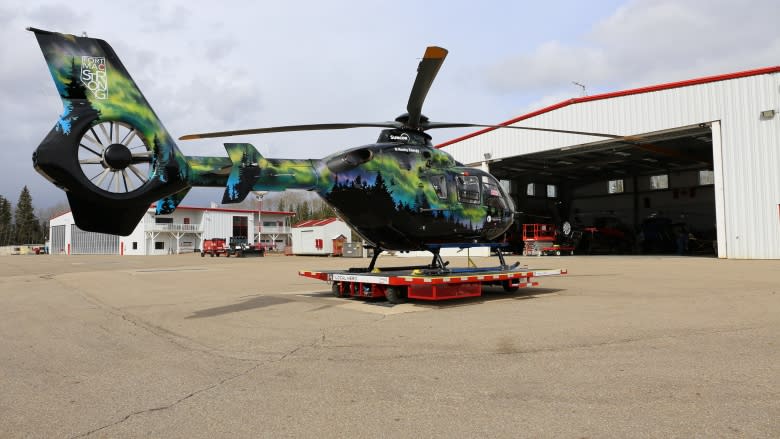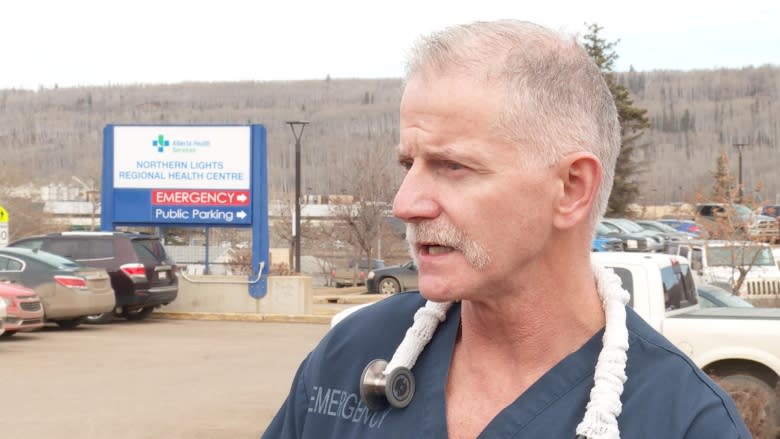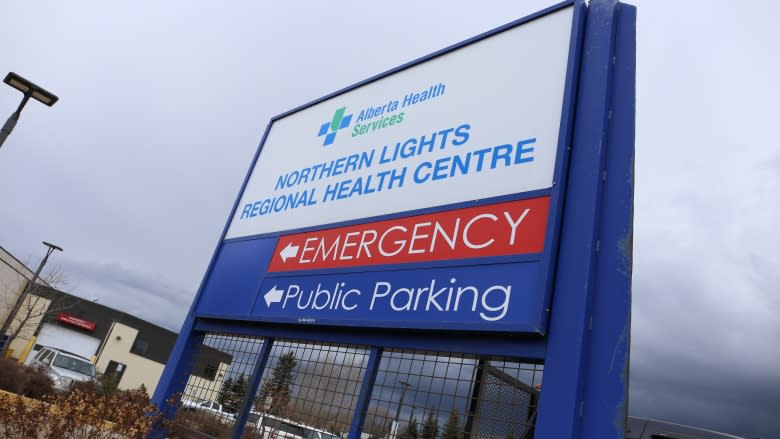AHS to review oilsands region air ambulance service
Alberta Health Services will review its helicopter ambulance service across the oilsands region, the health authority confirmed Monday.
The retrospective review comes amid concerns helicopter ambulance service in the region isn't being used enough by AHS or oilsands companies.
Paul Spring, president of Fort McMurray's Local Helicopter Emergency Response Organization, or Local HERO, said in April that AHS and the oilsands industry have been using cheaper ground transportation over helicopter service to get patients to hospital from remote locations.
Spring, who has operated medevacs since 1986, said his foundation has received fewer helicopter dispatches since AHS centralized calls through its Calgary centre in August 2016.
"I think it definitely is impacting patient care," Spring said.
Local HERO operates a helicopter ambulance service in most of northern Alberta and in Wood Buffalo, one of Canada's largest municipalities.
AHS confirms Local HERO received 12 fewer dispatches last year — a drop of 30 per cent — since the health authority centralized calls out of Calgary.
Spring said in the past, Fort McMurray emergency services would send a helicopter on calls, but now, Calgary will sometimes dispatch a road ambulance instead. That can extend the time it takes for the patient to get to hospital, he said.
'Completely unacceptable'
Dr. Brian Dufresne, an emergency room physician at Fort McMurray's Northern Lights Regional Health Centre, said he's also concerned stroke and heart attack patients are being transported from oilsands facilities via ground transportation when they should have been flown to the hospital.
"Anything more than 30 minutes' transport time is completely unacceptable," Dufresne said. He wouldn't name the oilsands companies he's concerned about.
CBC News contacted three oilsands industry groups and all declined to comment.
AHS said it does not have a defined benchmark time an air or ground ambulance should reach patients in remote areas.
Chief paramedic Darren Sandbeck said AHS relies on "evidence-based protocols" that analyze where patients are located, the road network, weather and the patient's health condition before the appropriate form of emergency transportation is assigned.
The review will analyze whether the case-by-case system is adequate and if AHS should consider changes.
Nevertheless, Sandbeck wants to assure Albertans that patients' lives aren't at risk.
"Let me emphatically state patient safety is our highest priority," Sandbeck said. "And we would never compromise that for the cost."
Despite the concerns about emergency response to oilsands facilities, Sandbeck said the assessment will only focus on helicopter ambulance response within the Wood Buffalo municipality.
Oilsands sites have their own paramedic teams and are responsible for transporting employees to health centres.
In March a fatality inquiry addressed whether a CNRL worker should have been airlifted to hospital rather than taken by ground ambulance.
The worker, Ge Genbao, died en route to hospital in a ground ambulance.
A provincial judge will submit a report into Ge's death over the next few months and may offer recommendations.
Follow David Thurton, CBC's Fort McMurray correspondent, on Facebook, Twitter or contact him via email.




